The 7 Process Of Personal Selling In Marketing With Examples
Table Of Contents
What is process of personal selling?
The process of personal selling in marketing refers to the systematic approach adopted by sales representatives from finding the right clients for a product or service to getting them to buy the product or at least try it.
Also referred to as stages or steps of personal selling …
This approach is often adopted by trained & skilled salesmen when they’re dealing with high-end and highly technical products. Examples include: Cars, office equipment, etc
This article also entails some pro tips/techniques on personal selling I stumbled upon during my research.
These tips are what successful salesmen use in carrying out each process successfully.
You might also want to check that out.
So without any further ado, let’s now get into the business of the day.
The 7 Steps/Process of Personal Selling In Marketing
Step 1: Prospecting
This is the process of looking for or identifying people who may be interested in owning your product or service.
For example: Let’s say you’re from West Virginia USA.
And…
You work for a cosmetics company so basically your job is to sell lotions, powders, gels, lipstick, creams etc.
Arguably, males and females buy cosmetics… But your ideal customers are likely to be females because you’ll agree with me they leverage it more.
plus, the female market in this regard is very – very – profitable. Like 10x more than the male market.


Bottom line?
Females are your major target audience…
…they are who you want to prospect. PERIOD!
Now:
The process of you going around your neighborhood in search of or identifying houses with females who are likely to buy your product is what PROSPECTING is all about.
Note : you may also want to create a spreadsheet like the one below which entails their house number, owner’s name etc.

This list will then be regarded as your potential customer poll or customer base.
However…
To ensure you’re not wasting your time… and in other to qualify your prospect for any product you’re offering, consider the following
- Pinpoint the exact product that best suit their need. (that’s the one they are most likely to be interested in)
- Plan a sales approach focusing on those Needs only
- You also want to rank those prospects that are most likely to buy and leave out those that are least likely to buy.
Step 2: Pre-approach
Now that you’ve identified your target audience, this is the stage whereby you prepare before approaching them.
However, the method of preparation involves obtaining relevant information concerning your customers or target audience.
You may be wondering:
Why should I go through this process when I can just meet with them (customers)…
…and let them in on what i I’ve got.
Well, the essence of this stage is that;
The information gathered will help you decide on the most suitable method you can use to approach them.
There’s a saying — first impression lasts forever.
..and the right first impression is what you want to get.
Otherwise, the next time they feel uncomfortable when you’re around, they’re calling the cops.
So:
Because you are after relevant information , you should be looking at adding on your spreadsheet…
- How many girls per flat/household
- Ages of the girls and
- Most importantly, timings to approach.
Therefore, here’s what your spreadsheet should look like:
refore, here’s what your spreadsheet should look like:

Step 3: Approach
In the process of personal selling , this is the stage where you (salesman) carefully deliberate on how to sell…
Here is the stage you ask yourself the following questions.
- What do I say?
- How do I say it?
- Which fancy word should I use?
- How can i sound very convincing
- Etc
In other words, this is the step whereby you, first of all, Sell Yourself The Product…
You can actually use the FAB techniques to craft your approach.
FAB simply stands for…
- Features
- Advantages
- Benefits
Remember you’re dealing with cosmetics right?
In essence, here’s where you prepare your sales copy or sales pitch by focusing on
- The important features of your cosmetics (powder, cream, lipsticks etc)
These could include:
(a) Free of preservative, irritants, chemicals & talcs
(b) Water-resistant products. stand up to heat, humidity, and perspiration, no matter how active your lifestyle!
(c) Natural sun protectant against UVB (burning) and many UVA (ageing) rays
- Advantages
(a) It helps to improve skin conditions
This includes moisturisation, tone, wrinkle and blemish reduction associated with skin ageing.

(b) They do not provoke an allergic reaction and do not have side effects.
(c) Easily available when needed at the right place, right quantity & quality, and also at the right price.
And finally?
- Benefits
(a) Attractive discount
Therefore, you could set a whopping 30% discounts for your first 150 customers…
…and valid only till the end of the month.
Moving on…
Aside the FAB APPROACH…
Other steps of personal selling techniques you can use at this stage include all but not limited to the following.
- Ensure you’re on time.
- Before meeting with the client, set some objectives for the sales presentation or call. (what is the purpose of the call?… what outcome is desirable before you leave)
- Make sure you’ve done homework before meeting with the client. This will show you’re committed in the eyes of the customers.
- To save time, send some information before visiting the prospect. This will wet the customer’s appetite
- Keep a set of samples at hand and make sure that they are in very good condition.
- Within the first minute or two, state the purpose of your so that time with the client will be maximized. And also to demonstrate to the client that you are not wasting his or her time.
- Humor is fine, but try to be sincere and friendly.
Step 4: Sales call or Presentation
This stage in the process of personal selling is where you either place a direct call or prepare to meet with your prospects face to face…
…and fill them in on all they need to know about the product or service.
So, now that you’re well equipped with what to say and how to say it using the FAB techniques…
…it is expected you do your best to make a good first impression.
The steps of personal selling techniques you can apply are as follows:
- Focus on the real benefit of the product or service to the specific needs of your client rather than listing endless benefits.
- Try to be relaxed during the call or presentation and put your client at ease.
- Let the client a larger percentage of the talking…this will give you invaluable information on your clients needs
- Remember to ask plenty of questions. You want to use open questions e.g TED’s and close questions. i.e questions that will only give the answer yes or no. this way, you can dictate the direction of the conversation
- Finally, never be too afraid to ask for the business straight off.
5. Objection handling.
After your sales presentation, and it’s about time the prospects place their order, a few are more likely to feel unwilling… These things happen.
Therefore:
Objection handling refers to the method leveraged by sales reps in tackling obstacles put in their way by clients.
In most cases, these obstacles come in form of questions about the product features, delivery schedule etc.
Another common obstacle is the Price.
So, as a salesman, here’s where you still refer to the benefits of the product.
The essence of that reference is to paint a bigger picture of what they stand to gain.
However, some objections may be very difficult or completely unavoidable.
This occurs in situations whereby the client don’t just like you for no tangible reason. Once again, these things happen.
Bottom line:
This stage — in the process of personal selling in marketing is one whereby you strategically handle those objections as a professional.
To achieve this, it’s advisable you prepare for it ahead of time.
In other words, anticipate the likely questions and general issues you’re likely to face after your sales presentation…
…and then — come up and practice the perfect method of handling the objections.
For example : After a pitch on getting a starting a website/blogging business, people often ask me.
“How can I get free ORGANIC traffic to my website?”
First things first… to the client, I’ll show the graph below

And with a smile, I say the words.
“I won’t take you on a journey and leave you halfway”
“As you can see, majority of my traffic are organic. Directly from search engines”
“I practice what I preach; and when you OWN this course right now, you’ll have access to my methods that works…
…and with it you’ll get even better results.”
But the kicker here is this:
Objection handling is it’s generally your client’s concern about the product/service you are trying to sell to them
it’s one thing you can’t avoid during personal selling in marketing.
…and like i said earlier, your best to succeeding at the this stage is by preparing for what’s coming at you.
However, aside anticipating your customer’s objections, other steps of personal selling techniques include:
- Use the “Yes But” technique .
This allows you to accept the objection and then to divert it.
For example, a client may say that they do not like a particular colour of i.e the colour of a lipstick.
Here’s where you handle that objection by saying Yes But it’s also available in many other colours.
- Ask “Why” the client feel the way they do
- When necessary, you should tactically and respectfully contradict the client when they make wrong assertions.
Firstly, you should also be expecting something of such in situations where what you are offering is technical, unfamiliar or from a new brand.
Secondly, because you know what you’re offering better than them, it advisable you object respectfully and also educate them.
For more information on how to overcome clients objections, see this guide .
6. Closing the sale
After the obstacles have been successfully handled…
this is stage of personal selling where YOU (salesman) then ask/encourage the client to place an order.
Note: Some are so fragile. They want the product but they are scared… So you’ll have to close it on their behalf.
You : Sir, you can now bring out your credit card
Client : Ok. Like right now?
You: Yea. it’s about time. Or it’s there anything else you’d like to know concerning the product/service? Do you need more clarification somewhere?
Client : it’s just… No. Not really… Here you go.
You: – insert it here… That’s the cost. you can now put your pin… Boom!
Now:
Aside the scaredy cats, they’re also the stubborn mouse…
…those who can’t or will refuse to be close immediately.
But since you have their contacts, you can always reach out.
Most importantly, always keep to your promises which may include discounts, after sales services and the likes.
Other personal selling techniques that help with your closing include:
- Looking for body signals (i.e body language or comments made by the client that they want to place an order) For example, asking you clarify a point you mentioned, product availability, delivery date, and discounts.
- Use the summary close strategy … this allows you summarize everything the customer needs based on their responses during the sales call or presentation.
For example: You need the full cosmetic box with Lipstick in red and pink Monday evening packaged and delivered to your wife’s… then ask for the order.
- Alternative close strategy :
This technique does not give the client the chance to say NO… But forces them towards saying yes.
For example; do you want the powders in your pack in brown or white?
7. Follow up
This is the last phase in the steps of personal selling …
…and here’s where you ensure the client get your offering at the right time, right place, right quantity and of course in the right quality.
Furthermore, seek feedbacks from clients concerning your offerings.
And remember… You want to work on the negative feedback to improve what you offer… and show the positive ones to the stubborn mouses.
What’s the need of showing them? You might wonder.
Well, firstly, yow want to let them know they’re missing out…
…and secondly, reignite that urge to own it.
Sometimes, a little more convincing is all they need.
…and that’s it for the 7th process of personal selling in marketing.
Recommended For You:
Advertising In Marketing: 2 Definitions, Criticisms, Types, & More
FAQS
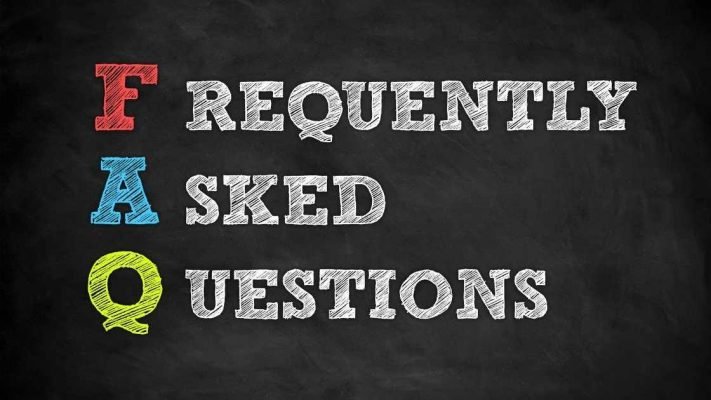
What are the six stages of the personal selling process?
The six stages are as follows:
- Prospecting
- Pre approach
- Approach
- Sales call/presentation
- Handling objection
- Closing
Here, the follow up stage isn’t recognized as part of the steps in personal selling process.
What is the first stage of the personal selling process?
The first stage is called PROSPECTING .
And this is one of the steps of personal selling which is all about finding new and qualified clients for your product or service.
Over To You…
Which of the process of personal selling techniques i shared above resonate with you most?
Comment below.
As you may already know, i don’t know it all.
So feel free to share your overall take on this article.
Thanks for stopping by.
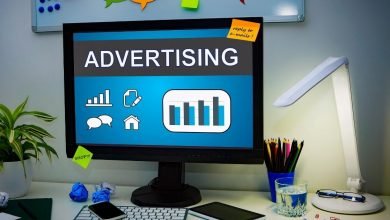
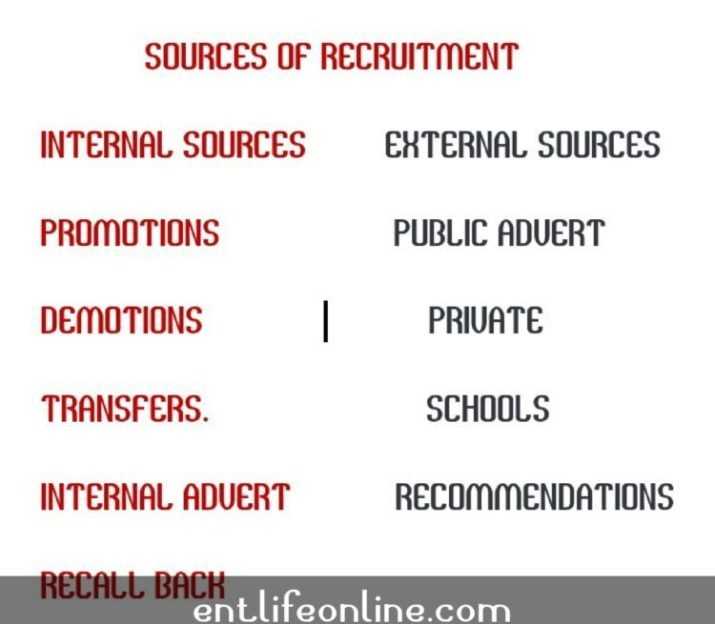
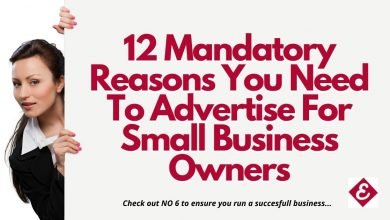
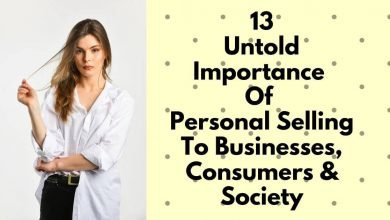
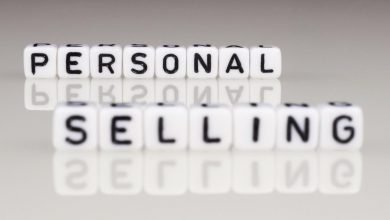
I was able to find good info from your content.